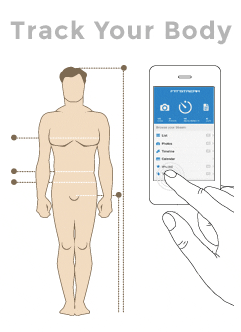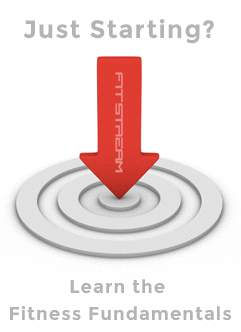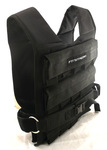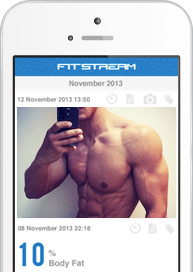Planche guide
The planche is a fundamental gymnastics skill in which the body is held parallel to the ground, supported only by the hands and arms (with the feet raised). This requires an incredible amount of strength and balance.
You will regularly see the planche featured in competitive gymnastics but it's also a popular exercise for recreational athletes in bodyweight and calisthenics movements.
The body positioning for the planche is outlined in the table below -
| Hands |
Hand position is down to personal preference. Here are the common variations:
- Fingers forward
- Fingers to the side
- Fingertips hold
- Flat hand
Experiment with your hand positioning and find the grip that works best for you.
Note: The planche can be taxing on the wrist. When learning the progression exercises you may prefer to use parallettes or push-up bars (see our guide on home made parallettes).
|
| Arms |
Arms should be straight, with the elbows locked out. |
| Torso |
Muscles engaged forming a straight line down the body, parallel to the ground. |
| Hips and legs |
Hold the hips level with the shoulders (practice this throughout the progression training). Bring the legs close togeher for a full planche. |
Learning the planche
Unless you're a trained gymnast or have been training dedicatedly for the planche skills it's unlikely that you're going to be able to perform the hold straight away. You need to work through the planche progressions to build up the required strength and skills.
It's important that you approach planche training with the correct mind set else you're bound for frustration. Learning the planche is typically not a quick process and in most cases you're looking at a minimum of 6 months training, but this varies considerably depending on the person in question and their current abilities, and can often take longer.
As with most advanced bodyweight exercises the two most important facets of your training are patience and dedication. Improvements will come consistently, but incrementally.
Planche progressions
There are four main progression exercises recommended for the planche, these are; the frog stand, tuck planche, advanced tuck planche, straddle planche and finally onto the full planche.
Planche training notes
- Hold each progression for as long as comfortable and in good form.
- Combine each set until you have 60 seconds of overall hold time (however many sets this may take!).
- Master each progression before moving onto the next (60 second consecutive hold) and repeat the process.
Planche progression exercises
The progressions below are assuming a base level of fitness and you should have a solid physical foundation through planks, push-ups, pull-ups and dips before moving into the progressions.
-
Frog Stand - This is the starting point of planche training. Assume a full squat position and place your hands on the ground, in front of the feet. The knees should be resting against the elbows for support. Lean forward, taking weight onto the hands. With training you will be able to remove the feet entirely from the ground. Practice this position until you hit your 60 second hold time before moving to the next progressing as described in the training notes above.
- Tuck planche - A similar position to the frog stand except the knees are pressed into the chest so your straight arms are entirely supporting your body weight. Practice consistently, aiming to lift your hips to shoulder height. Move to the advanced tuck planche when you can sustain the standard hold for 60 seconds with raised hips and straight arms.
- Advanced tuck planche - The main difference with the advanced tuck planche is back positioning. Whereas the standard tuck planche is performed with a curved back the advanced tuck planche is straight. Extend the hips up and behind you until the back straightens out and move one when you can sustain the straight back hold for 60 seconds.
- Straddle planche - You're almost there! The straddle planche builds on the tuck planche position by extending the legs out, held straight from the body. When in the tuck planche position, slowly move the legs out from the chest behind you (you will need to learn forward to counter balance the shift in weight). The wider the legs the easier it is to balance, strive to bring the legs closer together as you progress.
- Aim for ten second holds with the straddle planche due to the increased difficulty.
- Full Planche! Congratulations, you're mastered the planche!
Once you've fully mastered the static strength planche you can start training for some dynamic movement to the exercise and introduce planche push-ups for increased intensity.
Planche tips
- Strive to hold the hips level with the shoulders.
- Ensure elbows are straight (bent arm planches will hinder progress by lessening the intensity).
- Be consistent. Train the static progression holds every day for maximum effect.
- Be patient. Make small, incremental progress.
- Each workout, strive to increase position hold time or the extension of the position.
- Even minute changes in body position can seriously increase the difficulty of the exercise.
Related exercises
- Frog stand
- Tuck planch
- Advanced tuck planche
- Straddle planche
- Planche push-ups
The planche, which is a pressing movement, is well complemented by the
front lever, a pulling movement. Combine the two for an almost unrivalled upper body and core workout.
 Fitstream AppTrack your fitness progress and see the difference for yourself with our free app
Fitstream AppTrack your fitness progress and see the difference for yourself with our free app










